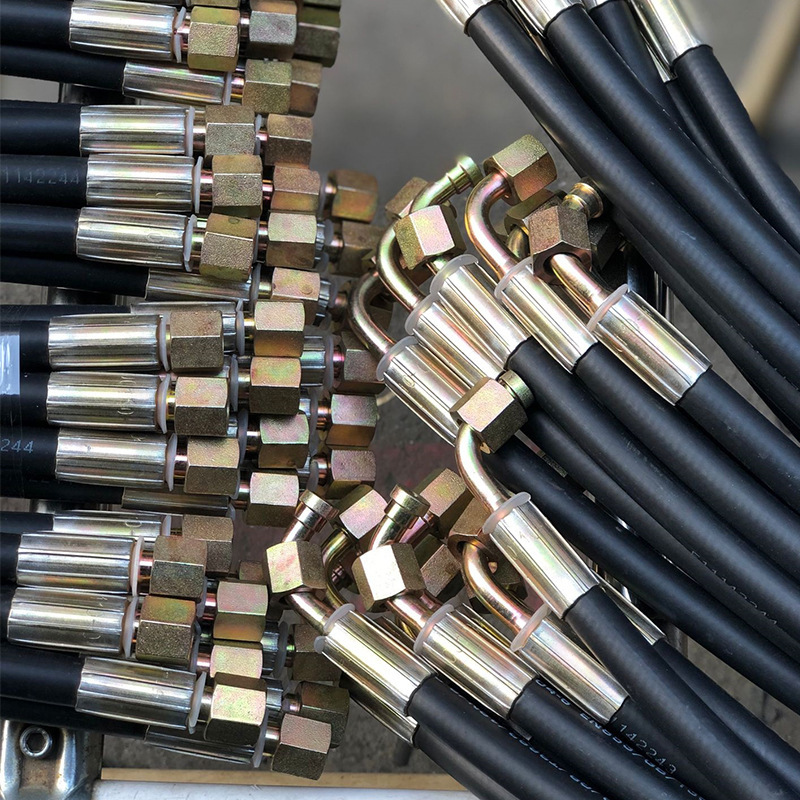When it comes to your hydraulic equipment, it’s important to make sure you’re using the right hoses. Each use case is different, requiring different specification for size and diameter, fluid type, temperature, and other considerations like flexibility.
As you assemble or repair your equipment, ensuring that you follow hydraulic hose standards is a vital part of keeping your hydraulic machinery working safely.
Defining hydraulic hoses standard
Depending on where you are, there are several different national and international hydraulic hose standards with varying measurements, tolerances, and parameters.
For example, the European Norm/Standard (EN) and the International Standards Organization (ISO) both set their hydraulic hose standards, which differ from each other.
In North America, the typical hydraulic hose standards are set by the Society of Automotive Engineers or SAE. This organization provides a series of hydraulic hose standards in the 100R series, defined under SAE Standard J517.
The 100R series hydraulic hose standards differentiate the hoses based on their construction and ideal usage conditions , including temperature, pressure, and fluid type. Before we get into the specifics of each hose, let’s take a moment to go over the different parts of a hydraulic hose.
Post time: Jun-23-2022

